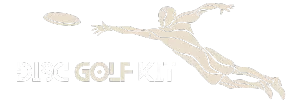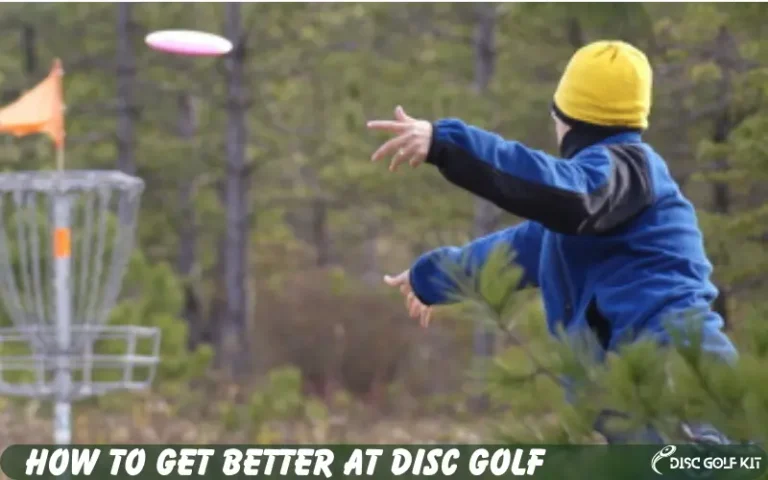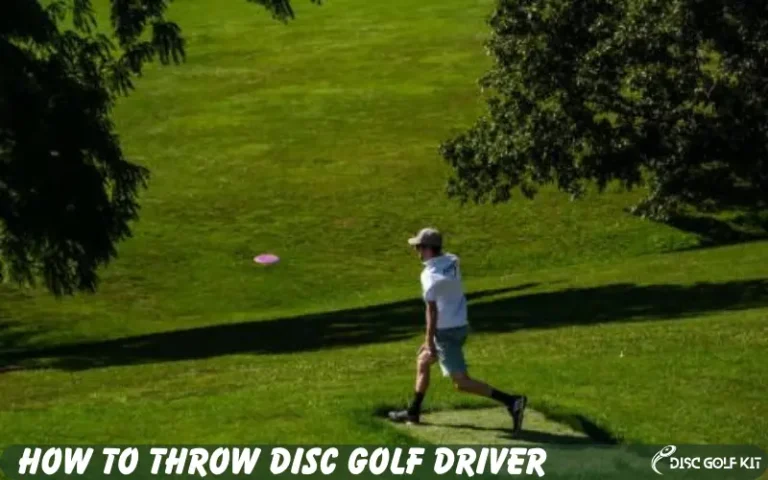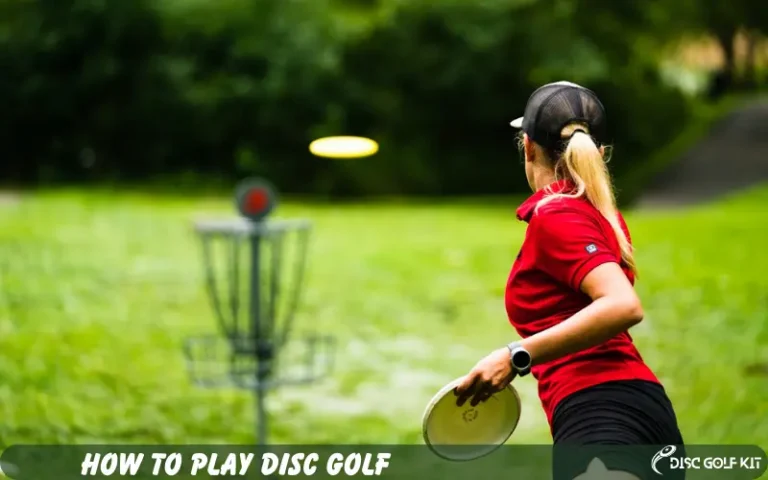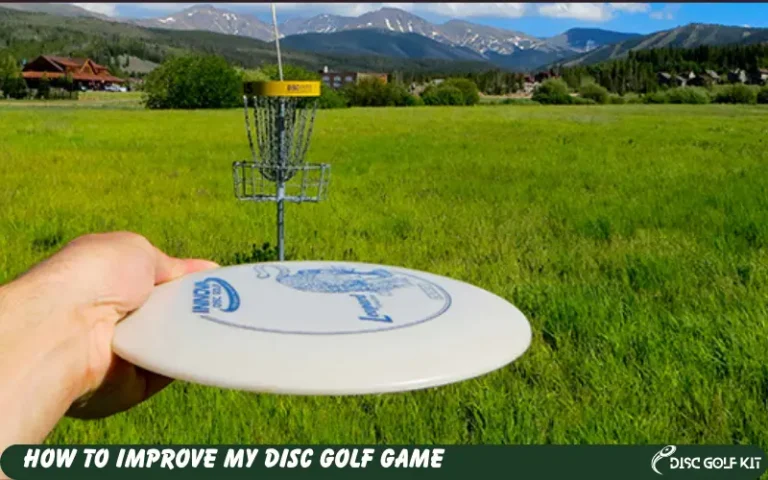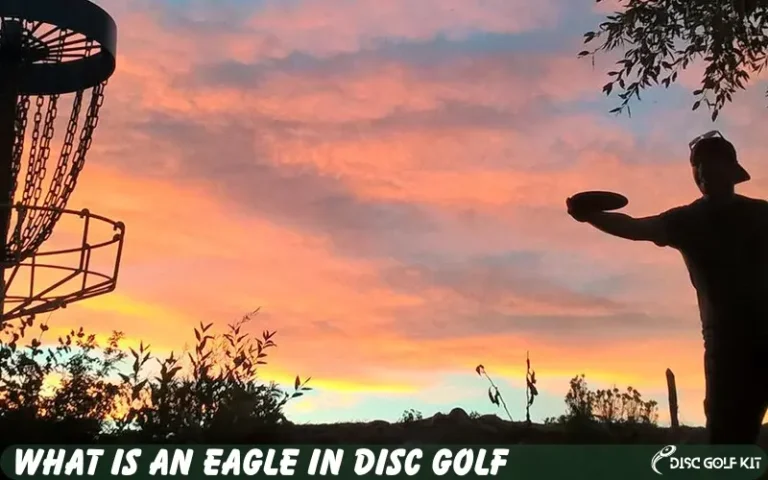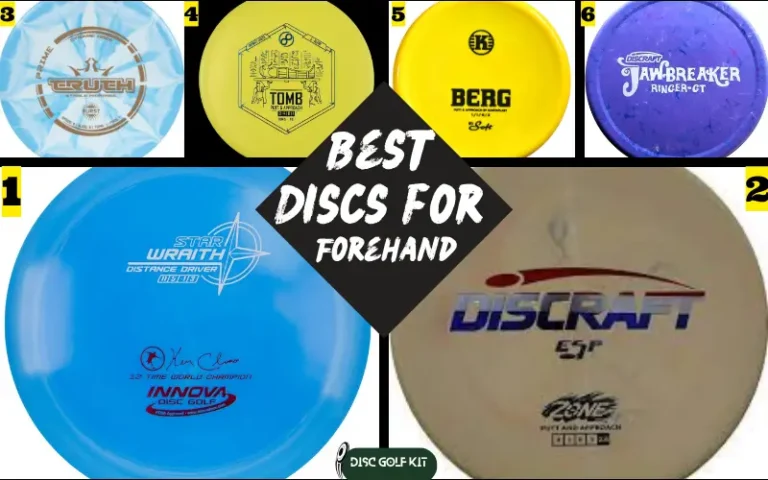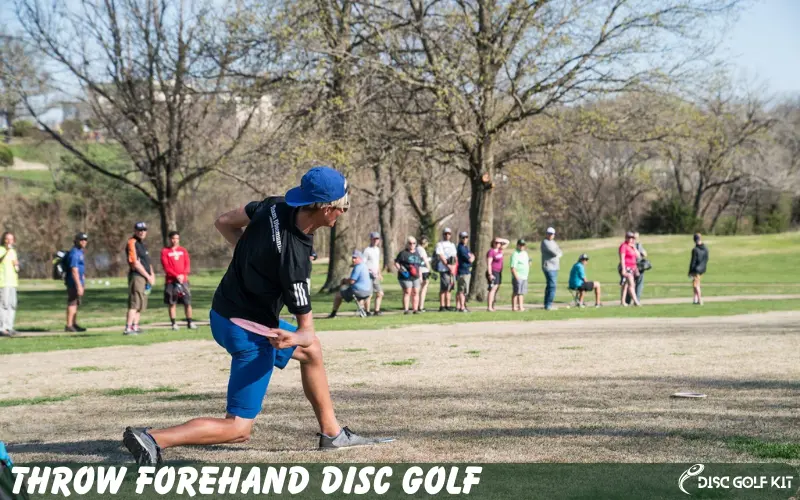
You’ve experienced those tight corners and narrow windows where a backhand shot just won’t cut it. Maybe you’ve even watched your competitors effortlessly execute a forehand throw and wished you could do the same. You’ve probably found yourself in situations where the limitations of your throwing techniques cost you valuable strokes. Mastering the forehand throw can be your ticket to overcoming these challenges. You’re not alone in figuring out how to throw forehand disc golf.
Luckily, you’ve stumbled upon the ultimate guide that aims to cover everything you need to know about mastering the forehand throw. From the basics to advanced techniques, By the end, you will have the complete knowledge about how to throw forehand disc golf and you’ll be ready to execute the perfect forehand throw and elevate your disc golf game.
Brief Overview of What a Forehand Throw is
The forehand throw, also known as the sidearm throw, is one of the essential shots in disc golf; unlike a backhand throw, where the back of your hand leads, a forehand throw involves leading with your palm. The action is like throwing a baseball or skipping a stone across the water—wrist flick included.
Why Mastering the Forehand Throw Can Improve Your Game
Picture this: You’re standing on the tee pad, facing a narrow fairway that bends sharply to the right, and your tried-and-true backhand won’t get you there. What do you do? The answer lies in a powerful skill set that can dramatically elevate your disc golf game—the forehand throw. When executed correctly, the forehand can help you navigate obstacles, make tight turns, and even save some much-needed strokes during a match.
Importance of Learning Different Throws in Disc Golf
Disc golf courses are designed with various obstacles and terrains that test your adaptability as a player. The backhand throw might be your bread and butter, but it needs to be improved in some situations. Learning different throws, particularly the forehand, becomes a game-changer. With a well-rounded skill set, you’re better equipped to take on any course and any challenge that comes your way.
The Basics of Forehand in Disc Golf
Now we will cover basic information that help you to learn how to throw forehand disc golf:
The Grip
Imagine you’re standing on the field, disc in hand, ready to make that crucial forehand throw. The first thing you’ll need to get right is your grip. Hold the disc so your thumb rests on the top and your index finger along the bottom rim. Your remaining three fingers should be flush against the outside of the disc. This grip is often called the “power grip” or “sidearm grip,” it’s the secret sauce to achieving both power and control. When you hold the disc, ensure it’s secure but not overly tight; you don’t want to strangle it.
Stance and Positioning
Now that you’ve got the grip, let’s move on to the next step of learning how to throw forehand disc golf. Position yourself so that your non-dominant foot is forward and your dominant foot is back, roughly shoulder-width apart. Your shoulders should be perpendicular to your target. You’ll also want to bend your knees slightly to engage your lower body, which will help you generate more power during the throw. The sensation should be poised readiness, like a sprinter at the starting line, coiled and ready to explode into action.
The objective of a Forehand Throw
So, what’s the endgame here? What are you aiming to achieve with a forehand throw? The forehand is your go-to for making sharp turns and curves, especially those that bend to the right. It’s also an excellent choice for situations requiring more lateral movement rather than just distance. The beauty of the forehand throw lies in its versatility—it’s as effective for short, tactical shots as it is for long-distance bombs. Mastering it can open up new strategies and shot options, enabling you to navigate the most challenging courses like a pro.
Steps to Execute a Perfect Forehand Throw
Ready to unleash that perfect forehand throw? You’re standing there, disc perfectly gripped, body poised. Here’s how you move from preparation to a smooth, successful release:
Common Mistakes to Avoid
Even the best of intentions can be foiled by some common pitfalls. As you’re mastering how to throw forehand disc golf, watch out for these mistakes:
Advanced Techniques
You’ve got the basics down; now it’s time to add flair and power to your forehand throw. Enter the “flick and snap” technique.
Flick and Snap: Generate Extra Power
Once you’ve initiated the throw from your hips and core, adding a quick flick or snap of the wrist just before the release can give your disc that extra speed. This is similar to the whip-like motion in baseball pitching. It’s a subtle motion but can result in significant gains in speed and distance. If you want to cover those few extra yards or navigate through some tricky wind conditions, mastering the flick and snap is your ticket.
Angling the Disc: Hyzer & Anhyzer Angles
If you’ve been around disc golf circles, you’ve likely heard the terms “hyzer” and “anhyzer.” These angles can drastically change how your disc behaves in the air.
- Hyzer: Tilting the edge of the disc toward your body results in a hyzer angle. This causes the disc to curve in the direction of the tilt. A hyzer will make the disc curve to the left for a right-handed forehand throw.
- Anhyzer: This is the opposite of a hyzer, where the edge of the disc is tilted away from your body. An anhyzer will make a right-handed forehand disc curve to the right.
Understanding and manipulating these angles allows you to achieve shots that twist and turn through the most challenging terrains and obstacles. Learning to control these angles elevates your forehand game from mere competence to artistry.

Common Challenges and Solutions
Typical Problems New Players Face When Learning how to throw forehand disc golf:
Tips and Solutions for Overcoming These Challenges
Equipment Considerations
The right equipment can significantly affect your performance, from the types of discs you choose to the additional gear that supports your play. Here’s what you should consider:
Types of Discs Best Suited for Forehand Throws
When nailing that perfect forehand, not all discs are created equal. Discs come in various shapes, sizes, and materials, each with flight characteristics.
- Overstable Discs: These discs are a popular choice for forehand throws because they offer greater control and are less affected by wind. They tend to curve more predictably, making them ideal for tight, controlled shots.
- Flat-Top Discs: The flatter the disc, the easier it is to grip for a forehand throw, resulting in a more controlled and powerful shot.
- Heavier Discs: While lighter discs might seem easier to throw, a heavier disc can offer more control and is often easier to release smoothly in a forehand throw.
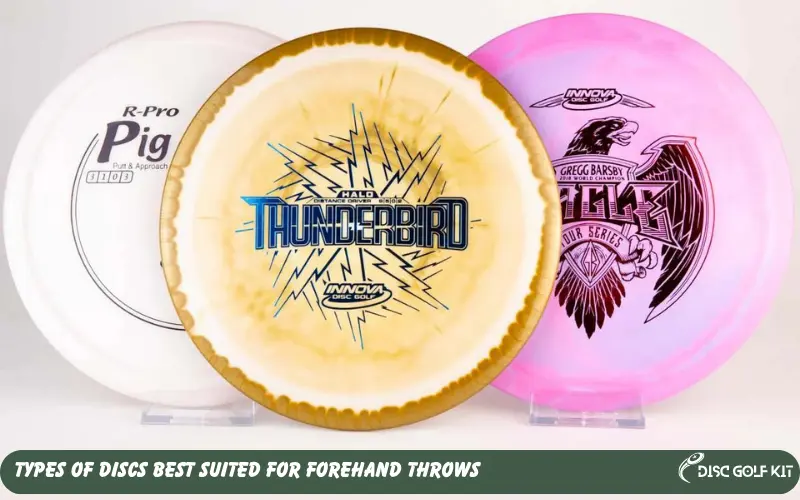
Additional Gear That Can Help
- Gloves: Disc golf gloves can offer improved grip, reducing the chance of slips or inconsistent releases.
- Athletic Tape: Some players use tape to reduce friction or to secure their grip, mainly if they are playing multiple rounds and want to minimize wear and tear on their hands.
- Quality Footwear: Remember to underestimate the power of good footwear. The right shoes can provide the stability and grip required for a powerful forehand throw.
- Moisture-Wicking Apparel: Comfortable, breathable clothing can keep you focused on your game rather than dealing with sweat or discomfort, allowing for better overall performance.
With the right equipment in your arsenal, you’ll be better prepared to execute flawless forehand throws, no matter the conditions.
Practice Drills
As the old saying goes, practice makes perfect, and that couldn’t be more true for mastering the art of how to throw forehand disc golf. This section will provide you with some simple yet effective drills to refine your skills and underscore why consistent practice is crucial.
Simple Drills to Practice Your Forehand Throw
Importance of Consistent Practice
Consistency is the key to mastering any skill, and learning how to throw forehand disc golf is no exception. Inconsistent practice leads to inconsistent results. It’s essential to have regular practice sessions, even if they’re short. This helps in muscle memory formation, a critical element for executing a booming forehand throw.
Conclusion
To learn how to throw forehand disc golf is a versatile and invaluable technique to master in disc golf. We’ve walked you through the fundamentals, from understanding the basics like grip, stance, and positioning to more advanced techniques. So, what’s next? The only thing standing between you and a game-changing forehand throw is action. Get out there and apply what you’ve learned. Test out different discs, experiment with angles, and most importantly, practice, practice!
FAQs about How to Throw Forehand Disc Golf

Article by
Peter Howell
I am an enthusiastic disc golf player and the mind behind DiscGolfKit.com. My aim to combine my passion and expertise to educate others about disc golf product reviews and create comprehensive buying guides. Stick around, and let’s elevate our game together.
